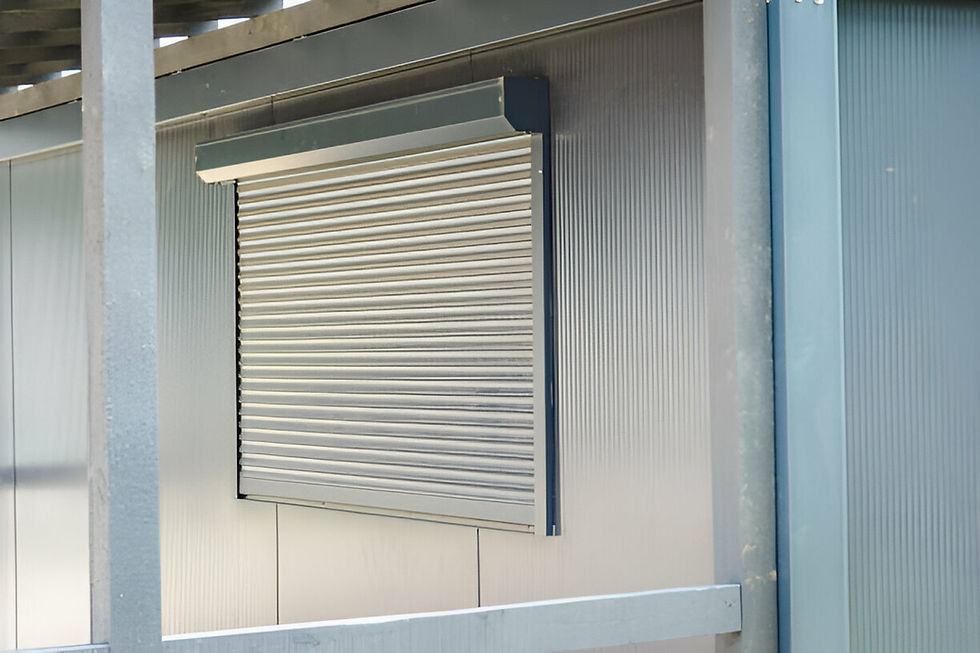The Impact of Play Space Design on Child Development
- Alyssa Moylan
- Aug 13
- 3 min read
Isn't it interesting how environment can shape behaviour? How could a simple layout influence learning and growth? Consider for a moment, the spaces where your children play. Are they just areas for fun, or could there be a meaningful underpinning to their design? In this deep-dive exploration, we'll consider how play space design services impact child development.
On the surface, play spaces represent a realm of fun times and cheerful memories, but beneath the colorful facade therein lies a powerful catalyst for learning and development. Modern architectural and design experts are fusing creativity with knowledge of cognitive development to design spaces that simultaneously entertain, educate and foster key skills in children.
Our in-depth exploration will hew through various facets of this innovative field, shedding light on how play space design impacts motor skills, cognitive development, social interactions and even emotional wellness.
Children and Their Spaces: A Crucial Nexus
Much of early learning instigates from interaction, that’s interaction with people and most significantly, with the environment. Often overlooked, our surroundings mold our behaviors, skills, and cognition significantly. Play Spaces, as unassuming as they may seem, play an integral role in honing skills, fueling creativity and developing social competence in children.
A well-thought-out play space presents a broad spectrum of experiences, from problem-solving challenges to safe places for retreat, quiet contemplation or reading. A play space designed with thought and consideration encapsulates various opportunities for both physical and mental growth.
Undeniably, play space design services have a profound responsibility. The challenge lies not just in creating a visually stimulating environment, but an intellectually stimulating on while keeping the safety and comfort of the child paramount.

Marrying Fun and Function: The Science Behind
Just think about climbing structures—how they enthrall children while improving their motor skills and physical strength. Maze structures coax a child to think, strategize, and make decisions, thus aiding cognitive development.
Moreover, each segment of these play spaces encourages different types of play: creative, imaginative, or free play. Giant wall murals, child-friendly art installations, reading nooks are purposefully integrated into the design to promote exploration and imaginative play.
Play space design services cleverly assimilate developmental tools in a disguise of fun elements. This paves the way for experiential learning, nourishing the child's mental and physical growth in the most natural way possible.
Challenges & Future Frontiers of Play Space Design
While undoubtedly impactful and essential, play space design does face challenges. Adapting to the varying needs and abilities of children, managing space constraints, ensuring safety while not inhibiting free play are all elements’ architects and designers need to carefully balance.
The future of play space design services lies in personalization and integration of technology. Interactive play spaces equipped with digital tools, artificially intelligent toys, or virtual reality could soon be significant contributors to children’s creative learning processes. These advancements, although promising, pose new challenges for designers in maintaining the balance between digital and physical play.
Conclusion
To conclude, play space design services do significantly more than maintaining aesthetics or keeping children occupied. These environments foster creativity, encourage learning, spur social interaction, and significantly contribute to a child’s overall development. Architects and designers within this space have a profound impact on shaping the future of our children.
Whether it's a simple jungle gym or a hi-tech interactive play-space, each component forms a building block of a child's development. There are challenges to face, innovations to adapt, and even more to learn. But one thing is crystal clear – the design of a play space is a critical ingredient in the recipe of child development. The task is complex and delicate but the reward is immeasurable - contributing to the creation of well-rounded individuals ready to face the world.
.png)






Comments